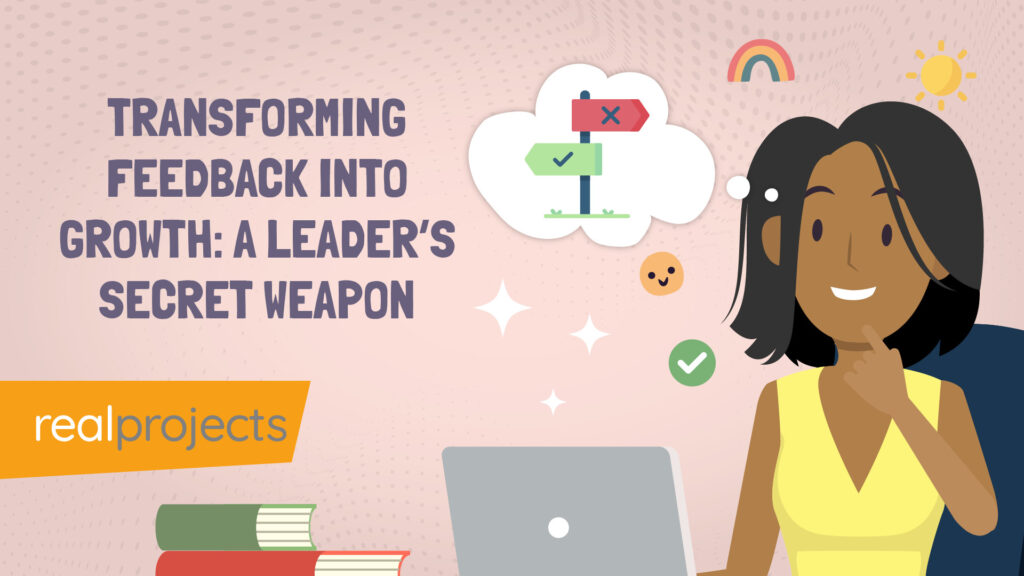Learners are increasingly looking for an engaging online experience, but this doesn’t mean that you need to adopt the latest technology trend with every project. It is important to be aware of emerging technologies like Artificial Intelligence and Virtual Reality but these might not meet your requirements.
Each project is different and there are ways that you can help enhance your content and create an engaging online experience for your learners. It’s true that engaging students in the process of learning has been a long fought battle.
However, with the rise of the technological age, there’s more weaponry in the chest than ever before. Development tools are providing more functionality and there is more hardware to consider than ever. Elearning tools like Articulate 360 provide a platform for creating everything you need to create engaging elearning courses.
Elearning has the potential to deliver a stellar educational experience. Learners can access new skills, gain accredited qualifications and accelerate their career–if the learning is engaging and meaningful.
If it’s not, the experience won’t generate the desired outcomes intended for the learner or for you. It is possible to make elearning fun!
So, how do you create an engaging online learning experience? We’ve gathered up top-tier tips and strategies to give you the insight you need to get the best out of the elearning revolution–for you and your learners.
Understanding Ways To Engage Learners
For elearning to be effective, it needs to be meaningful and for it to be meaningful the learner needs to relate to, and be engaged by what is being taught.
In many respects the online learning experience is no different to the class based experience. If the learners are not drawn in and their attention is not held, real and powerful learning can not take place. And, when it comes to the elearning experience, the provision of compelling and engaging learning needs to be planned and organised to maximise the outcomes.
So, how does the magic happen? What can you do to maximise learner engagement?
Set clear learning objectives
Starting your elearning course with a set of clear and actionable learning objectives will ensure the audience understands the benefits of participation in the sessions. If the learners know what skills they will acquire and how this will impact on their career/future, you are going to motivate them to engage from the outset.
Keep it interactive
Harnessing the interactive possibilities in an online course is the jewel in the crown of elearning. And the possibilities are endless too. To maximise engagement you have to minimise the potential for boredom. Where you can, utilise interactive opportunities, such as incorporating live lessons, using gamification or applying interactive elements to your content.
Incorporating interactive elements within the course materials stimulates and develops higher-order thinking skills–and of course, avoids passive learning.
Personalise the learning
The more you know your learners the easier it will be to construct a programme that is personalised to them. If you know relatively little, analyse your audience. The primary goal of any teaching is to connect with the audience and provide a meaningful and engaging experience. To fully understand your learners, consider these points:
- What do they need to know?
- What skill set are they aiming to develop?
- What might be the barriers to learning?
- What is their level of technical awareness?
Once you have considered and addressed these issues you will begin to construct the learning experience that fully meets the needs of your audience.
Motivating Learners in Online Learning
Lack of self discipline, isolation, problems with digital literacy and technical issues–these are all real and credible boundaries to elearning. Overcoming these barriers will require careful consideration.
Intrinsic motivation is the concept of motivating the learner to complete the challenges set simply through the enjoyment and engagement with the learning material itself.
Extrinsic motivation is the means of wanting to succeed for the purpose of receiving reward, praise or payment.
Most of us require a combination of both intrinsic and extrinsic techniques so the inclusion of both is paramount.
To do this, you can employ a range of strategies:
- Include a quiz – quick quizzes can be effective, include reward and recognition within the feedback loop
- encourage collaboration – group projects, class discussion, team building exercises and private messaging boards for groups enable learners to motivate one another
- give users a say – provide the opportunity to learners to give you feedback too
- one to one communication – provide individual feedback, keep an open door of communication with users
Enhancing Instructional Design for Engagement
Utilising quality instructional design to entice and interest the audience shows a demonstrable impact on outcomes. If the content is rich and varied with content that suits the learning styles of all learners, engagement will be meaningful. Sparking a sense of curiosity or a desire to browse the content will motivate the learner.
High-quality content that’s well organised and tailored to their learning needs will instil a sense that they’re respected and valued by you.
Ever wondered why lessons with your favourite teachers were your most successful? We all remember that teacher, the one who regaled and enthralled us.
They weren’t just masters of entertainment, they were cleverly drawing us in, connecting us to the subject matter and allowing us to find meaning in their words. Content Designer and Instructional Designers are now an integral part of the digital development process bringing content to life. They will take text, images, video, animation and just an idea and develop this into a final product that engages and enthrals the user.
Since the dawn of time, stories have been used to convey knowledge, meaning and messages. Storytelling can be the glue that binds the audience to the learning outcomes. Drawing on the audience’s emotional connection can really bring alive the elearning experience.
Varying dynamic storytelling episodes through webinars, videos and podcasts reinforces the interactive experience too, ensuring that learners remain engaged. Different mediums will appeal to different learning styles and enhance learner engagement and motivation to learn.
Best Practices for Engaging Online Learning
Rich content, dynamic storytelling and being aware of learner needs and challenges are considerations for all elearning facilitators.
But there’s more.
As with all learning, the focus should be on the learner. If you’re looking to facilitate an engaging elearning experience, the learner should be at the heart of all your decisions. Learner-centred approaches will motivate and engage your audience–and allow both intrinsic and extrinsic motivation to flourish.
As we’ve already mentioned, collaboration between learners fosters engagement. It allows them to support one another as they learn, socialise and share with one another as they work towards a shared goal.
Just as learners can engage with each other to enhance the learning process, engagements will be crucial to learning success. Discussion forums, assessment feedback loops promote learner engagement, enabling the individuals to feel valued and respected.
Studies show that just as much interaction and relationship building can be formed in the virtual world as in the classroom. Users do not need to feel alienated because there is a screen between them and the rest of the learning group.
Implementing Strategies for Engaging Online Learning
Engaging learning does not just happen, like many successful endeavours, it has to be organised well to succeed.
- decide what it is you want your audience to learn and plan a clear series of steps to take them there
- get to know your audience and anticipate any barriers to learning
- use course designers to create high quality instructional design–incorporating interactive multi-media content that will involve collaborative group work
- keep the modules short–learners will appreciate that you respect their time
- be proud of your accomplishments.
In conclusion, creating learner engagement is crucial to elearning success. To do that, you need to understand what your learners are going to learn and who your learners are. As we’ve already said, elearning poses the opportunity to experience the highest quality education. In order to do that, find opportunities to motivate your audience through high quality instructional design. Include opportunities for collaboration and group work with access to the one to one feedback with instructors.
Incorporating these strategies into your online content will generate both motivation to succeed and confidence to engage with the materials. Preparation is the key to success for both your learners and yourself.



